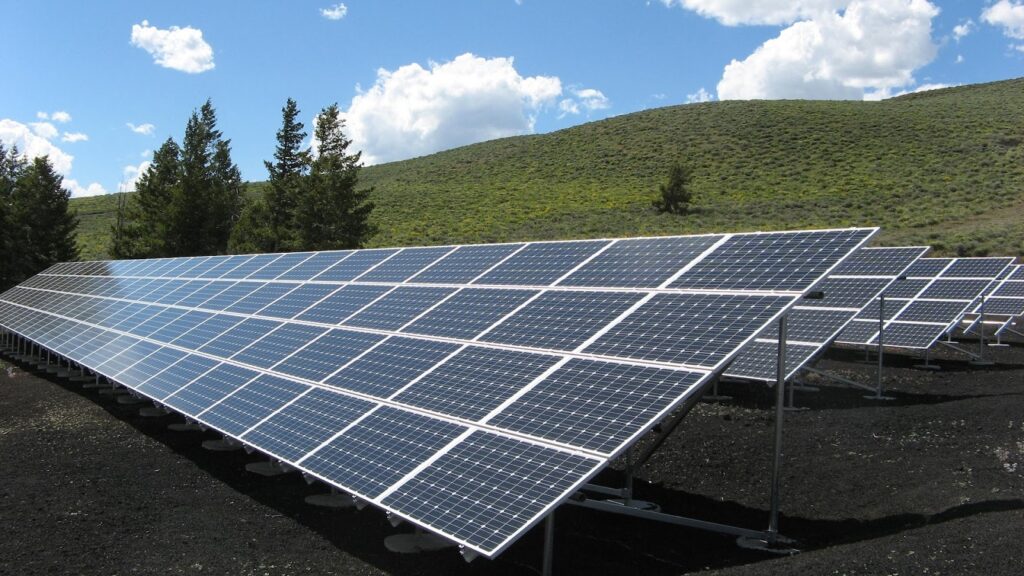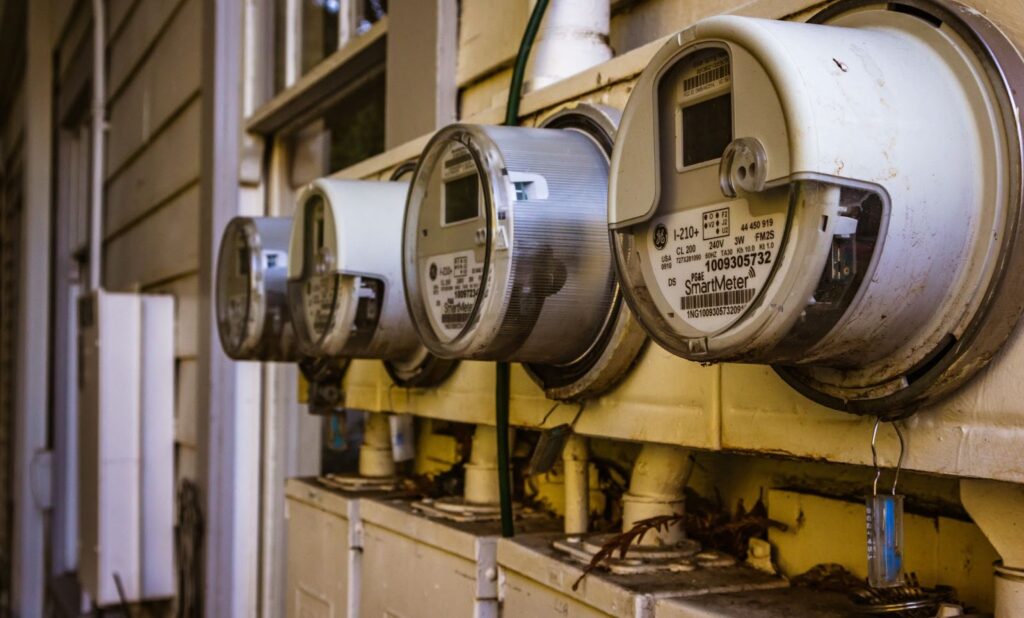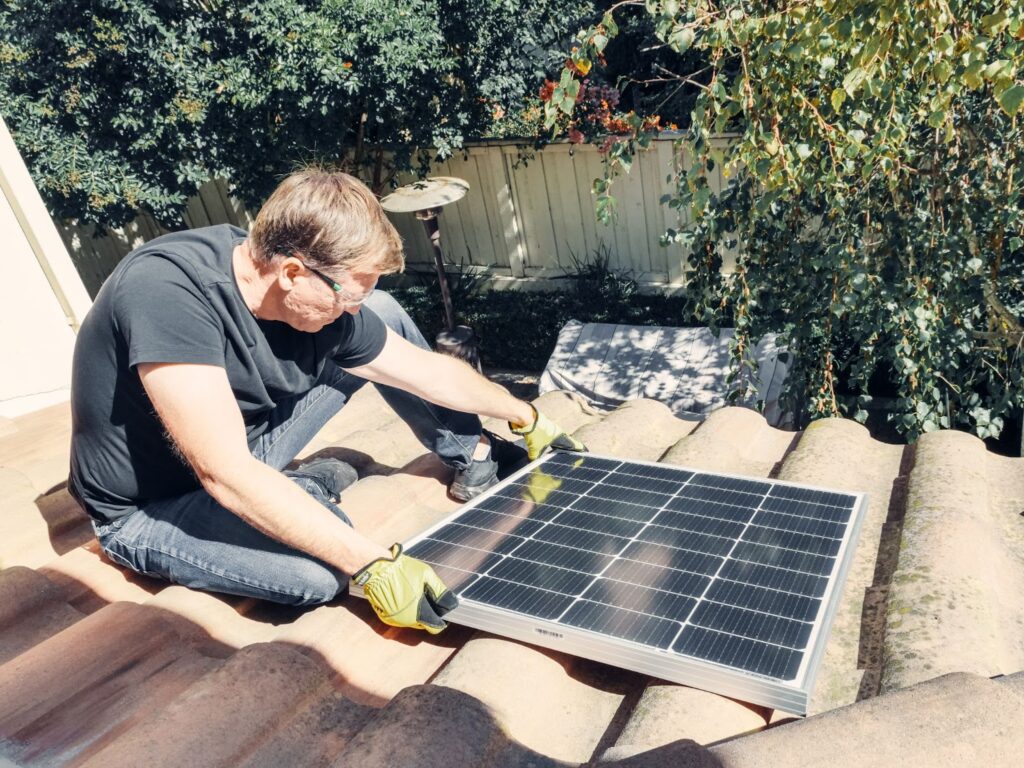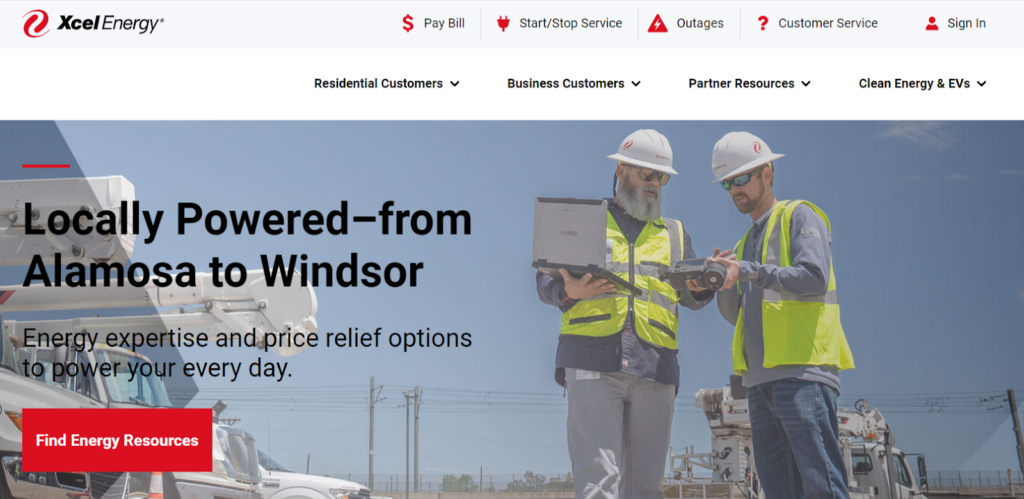
Colorado is fast rising through the ranks and becoming a shining example for solar energy.
According to Environment America, the state now produces seven times as much solar-derived energy than it did in 2013. That’s a pretty impressive increase that is only set to continue.
But how and why is Colorado managing to make these strides? We’ve taken an in-depth look at Colorado’s success in solar and what the future holds, and we must say, it looks bright!
In a Nutshell
- Colorado currently ranks 12th out of all states for solar energy.
- Over 300 days of sunshine are enjoyed by Colorado each year. With the cool climate, this makes it perfect for solar panels.
- Solar installations are about 85% cheaper than they were a decade ago.
- Multiple solar incentives and tax credits are driving solar takeup in Colorado.
- Major utility and energy wholesale companies are starting to invest heavily in solar energy.
- Colorado enjoys net metering – a favorable solar energy and grid energy exchange method.
- The state ranks 7th for the number of solar jobs it provides.
- Aging infrastructure and utility companies’ reluctance to switch customers’ meters are the key barriers to solar energy in Colorado.
The Growth of Colorado’s Renewable Energy

Colorado has long been a leader in wind power. This clean energy is abundant throughout the state and accounted for 22% of the state’s electricity generation in 2022. Unsurprisingly, this state ranks 7th overall in the US for wind energy.
In the past year or so, Colorado has also shot up through the ranks to become an emerging leader in solar energy. Ranked 25th out of all states for solar energy in 2022, the state has now sailed into 12th place in 2023.
Solar energy now accounts for 6% of the state’s electricity supply and this is set to grow with major utilities now investing heavily into renewable energy in order to meet the US government’s target of reaching 100% renewable energy by 2040.
Currently, there is 2,995 MW worth of solar power generation in Colorado, and it is projected to rise to 4,084 MW in the next five years.
Why Colorado Has Become a Solar Leader
So, what exactly is driving this growth?
There are several factors that combined together create the perfect opportunity for solar in Colorado.
Government Green Targets

Firstly, all states need to step up to the plate in order to reach the current administration’s ambitious net zero emissions by 2050 target.
Colorado has been particularly ambitious in this respect. The state wants to reach net zero emissions by 2040 – a full decade sooner than the Biden administration’s target.
To achieve this, the Polis administration has created a roadmap and passed over 30 bills in 2021 to accelerate the transition to green energy.
Where solar is concerned, it has placed an aggregate limit on the fees for solar installations ($500 for residential and $1,000 for commercial), doubled the permitted size of solar installations from 500kWh to 1MW, made it simpler to connect solar installations to the grid, and more.
This has removed or significantly lowered some of the barriers that previously prevented homeowners and businesses from switching to solar.
Abundant Sunshine and Suitable Land Space

Colorado is a very advantageous state. It enjoys an abundance of sunshine and can boast over 300 days’ worth each and every year. In fact, it ranks 6th out of all states for the amount of sunshine it receives.
Furthermore, Colorado is a cool state. Solar panels are more efficient when it’s colder since they actually reduce in efficiency when they get too hot. Since Colorado’s average annual temperature is 43.5°F coupled with the many days of sunshine, this provides the perfect circumstances for solar energy.
Where space is concerned, there are almost 40,000 farms and ranches in Colorado spanning around 32 million acres worth of land. This provides an ideal landscape for solar energy and with the emergence of agrivoltaics – farmers no longer have to make the choice between farming the land or using it for solar panels.
And finally, Google’s Project Sunroof has identified 1.1 million roofs, including commercial flat roofs in Colorado as being ideal for solar energy.
Falling Solar Equipment Costs

One of the biggest barriers to having solar energy installed was the initial cost of the project.
The good news is that equipment and installation prices have significantly decreased in the past ten years and are now a lot more affordable. However COVID-19 did cause a ripple in the supply chain for a period of time which also caused costs to rise, but that is now subsiding.
According to the US Energy Information Association, the cost of constructing a solar installation has fallen from over $3,750/kW in 2013 to $1,796/kW in 2019.
If you go back as far as the 80s, the average cost of a solar panel was around $30 per watt. Nowadays, it costs less than $0.50.
Where solar battery storage is concerned, while still relatively expensive, the costs have dropped by around 85% over the past decade.
So, why is this the case? After all, hasn’t the cost of everything gone up?
Despite rising production and material costs across various industries, solar has continued to benefit from remarkable technological advancements and economies of scale that set it apart.
Multiple Government Incentives

Despite dramatic price drops for solar, it’s still a hefty investment, particularly for businesses that require a larger solar system than a homeowner would.
However, the large number of available incentives and tax credits means that businesses, particularly agricultural and rural enterprises, can see a 100% ROI within their first year of solar energy production.
Most notable is the USDA’s Rural Energy for America Program (REAP) multi-billion dollar fund that provides grants to farmers and rural businesses toward the cost of a renewable energy installation. And in August 2023, it was announced that an additional $266 million would be provided to boost the fund.
Providing up to 50% of the cost of an installation (capped at $1 million), plenty of Coloradan farmers and agricultural business owners have already benefited from almost $19 million worth of REAP grants.
Some examples of grants awarded include:
- Zapata Seed Company in Hooper received $287,643
- Blue Sky Farms SLV LLC in Monte Vista received $58,950
- Hart Farms, Inc. in Monte Vista received $48,710
- Circle S Ranch in Ridgway received $7,568
Additionally, Colorado has added a few sweeteners on top of the existing federal tax credits. Its Enterprise Zone Program can provide a 6% tax credit, and its Opportunity Zone Program makes it very attractive for investors to place money into solar development.
The Big Players Are Investing Heavily in Renewables

Image credit: Tri-State
Colorado’s solar boom extends way beyond home and business installations. To meet clean energy targets, the big players in dirty energy are having to change their ways and adapt to a new way of energy harvesting.
This means they are starting to invest huge sums into the development of large-scale solar energy farms in Colorado.
- Tri-State has six large 100MW+ solar farms in development, five of which are in Colorado.
- Guzman, the energy wholesale newcomer, has two large Colorado solar farms in production.
- Colorado Springs Utilities has submitted a proposal for a 525MW solar facility and another for 100MW of battery storage.
- Black Hills Energy has submitted a request for proposals for solar energy.
- Primenergy has proposed for the 155MW Hesperus solar farm to be constructed in La Plata.
The only major player missing here is Xcel. Colorado’s largest utility company does have plans in the works for two large solar farms, however, neither will be based in Colorado.
Net Metering

Net metering provides an excellent incentive for businesses and homeowners to go solar because it provides a favorable energy swap and lowers energy bills significantly.
You can read more about net metering in our full article, but essentially, you get 1 kWh of grid energy in exchange for every kWh of solar energy that you send to the grid. This means you get to “store” your excess energy in the grid and use it when the solar panels aren’t working.
However, it’s important to note that many states have switched to less favorable terms, most notably California. Its government has made it so pointless to send energy to the grid that it has now become the leading state for battery storage instead.
Meanwhile, Coloradans get the best from their excess energy, so it’s little wonder people are lining up to make the switch.
Jobs in Solar

A slightly less obvious factor. Historically, Colorado has been a coal state, and since all the coal-fired power plants are scheduled for closure, this has led to many individuals quite rightly concerned about their future employment opportunities.
But there’s good news. Solar energy to date has created 7,626 jobs in the sector, and Colorado ranks 7th out of all states for the number of solar-related jobs.
Compared with the 2,175 existing jobs in coal mining and 2,544 jobs in coal-fired power plants, there are actually more jobs in solar than there are in coal.
And don’t forget Colorado’s solar farms will increase over the coming years, creating even more jobs in clean energy. For example, a solar module assembly plant is due to open in Brighton in 2024 and will create a stunning number of 950 jobs for the local community.
Barriers to Colorado’s Continued Success in Solar

While the future is most certainly bright for solar energy in Colorado, it’s also important not to overlook the barriers that stand in the way of solar development.
The biggest and hardest to change is Colorado’s aging electrical infrastructure. It simply wasn’t built to handle large influxes of energy, and as a result, large portions of Colorado have had to place limits on the number of solar installations.
The utility companies responsible for this infrastructure have naturally been reluctant to spend the billions of dollars required to upgrade it. However, as they will become forced into purchasing energy from renewable sources, upgrading will soon become necessary.
The other significant obstacle is the time people have to wait for utility companies to come and change their electricity meter so it is compatible with solar.
Xcel is a particular culprit of this. Customers have complained of up to six-month wait times before Xcel will come and fit their meter.
What the Future Holds for Solar in Colorado

Despite the barriers, solar energy will continue to advance across Colorado. The current administration seems very keen to continue pushing solar energy, making it easier and cheaper for homeowners and businesses to have solar installed.
With the number of solar projects currently in development, large-scale utility providers will have no choice but to start upgrading the grid infrastructure, paving the way for more solar and a clean energy state.
How to Join the Colorado Solar Revolution
If you’re a farmer or agricultural business who is excited about the benefits of solar energy, we want to hear from you!
At 8760 Solar, we’re thrilled at the progression this amazing source of clean energy has made in Colorado, and we want to ensure all our customers can take advantage of it.
To get started, Text “READY” to 719 470-0254 or contact us via email: sales@8760solar.com.
Frequently Asked Questions
Why Is Colorado Good for Solar Energy?
Colorado has several things going for it that make it a great state for solar energy. Firstly, the abundance of sunshine (over 300 days per year) and the cool climate present the right conditions for solar. Secondly, the state enjoys net metering and a number of incentives that allow you to get a quick return on your solar investment.
What State Is the Leader in Solar Energy?
The currency leader in solar energy is California. Powering almost 28% of the state’s electricity needs, California’s solar farms and installations currently produce a whopping 38,145 MW worth of power – enough for 11,534,383 homes.
Why Aren’t There More Solar Panels in Colorado?
There aren’t more solar panels in Colorado because much of its power infrastructure is aging and, therefore, unable to cope with the influx of solar energy unless it is upgraded. Furthermore, major utility companies such as Xcel have been accused of purposefully delaying meter installations to avoid losing out on profits.
Is Solar Tax Exempt in Colorado?
Colorado offers a sales tax exemption and a property tax exemption for solar panels. Additionally, businesses that install solar enjoy a tax credit equivalent to 30% of the cost of the installation.
How Long Do Solar Panels Last in Colorado?
Solar panels have an official lifespan of 25 – 30 years and the ones installed in Colorado are no different. Good quality solar panels can last even longer if they are well maintained with some lasting in excess of 40 years.
